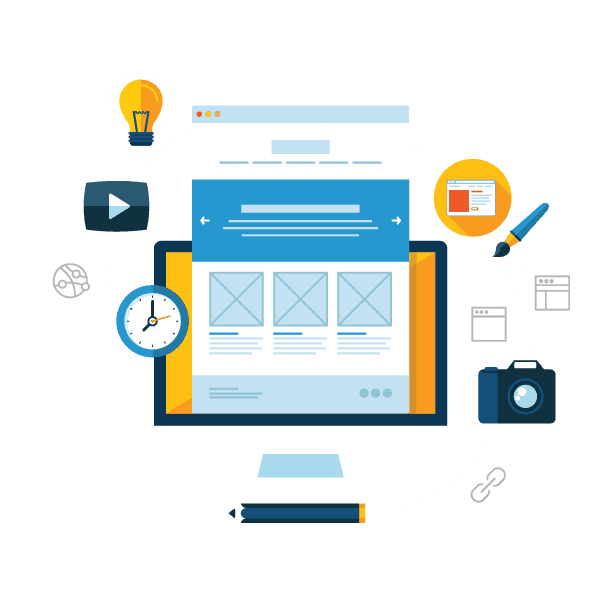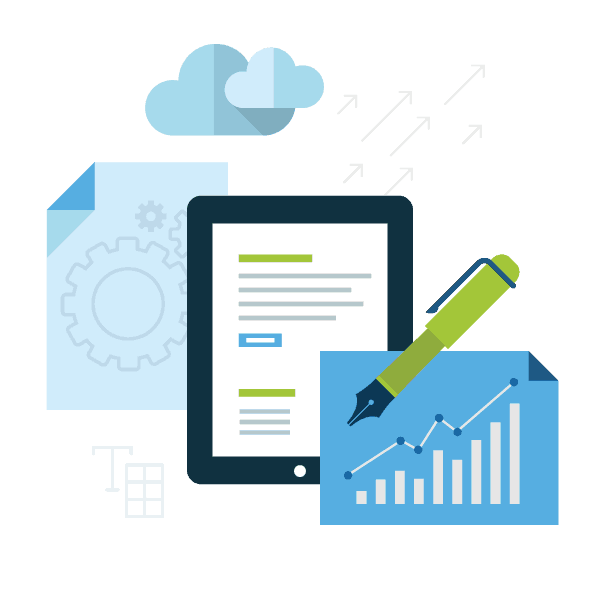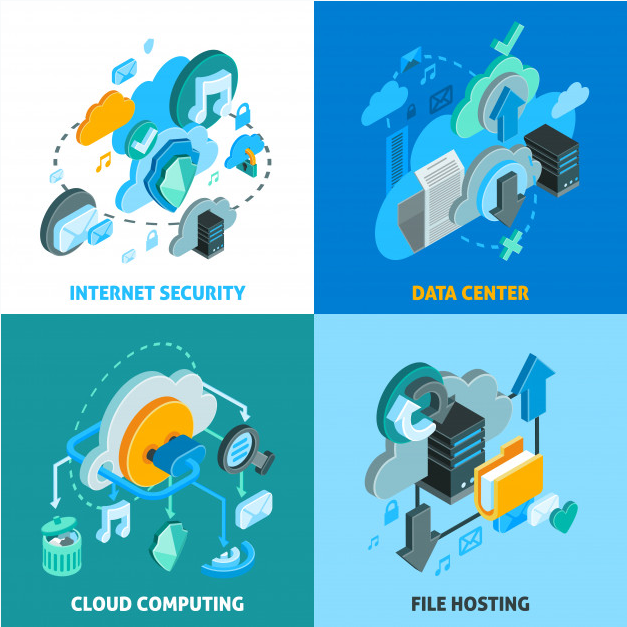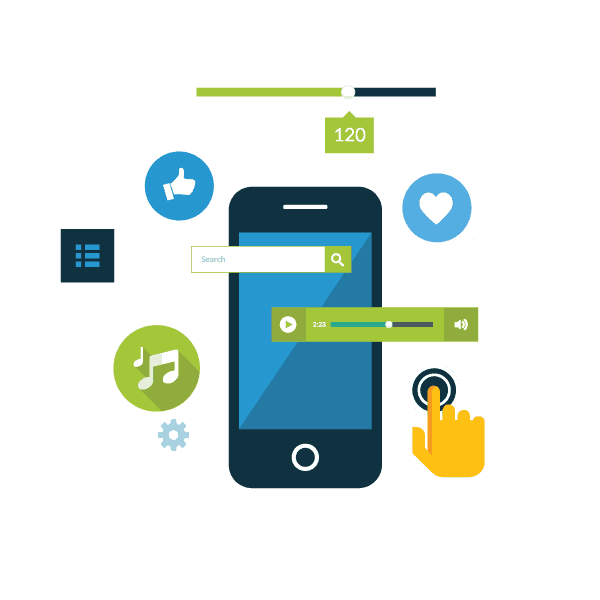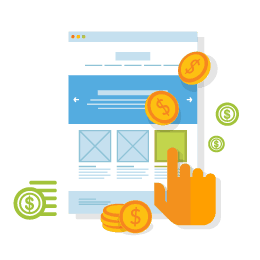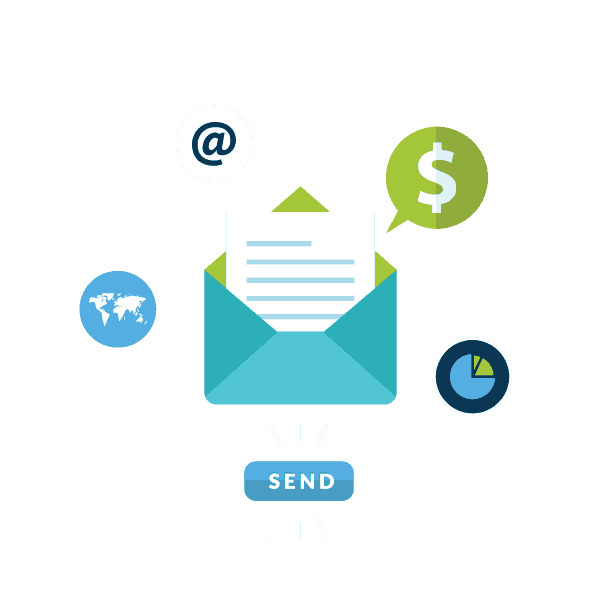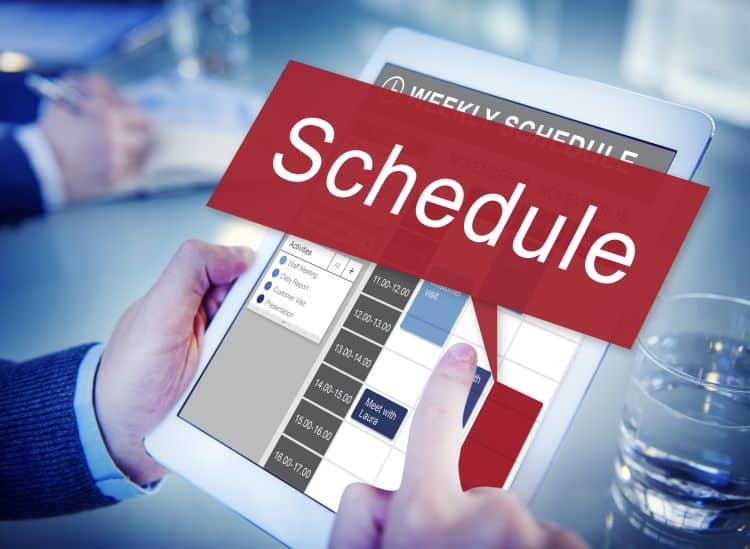Email marketing is crucial for small businesses looking to build loyalty and drive sales. Indeed, it creates a direct line of communication with your audience, enabling you to share promotions and valuable updates. By focusing on a targeted email list, crafting compelling content, and analyzing campaign performance, you can significantly enhance customer engagement and foster trust. Implementing best practices ensures your strategy remains effective. Consequently, discover how to elevate your email marketing approach and maximize your results with further insights into this powerful digital tool.
Understanding the Role of Email Marketing for Small Businesses
In today’s competitive landscape, email marketing stands as a powerful tool for small businesses looking to connect with their audience. As a direct line of communication, email allows you to share promotions, updates, and valuable content with your subscribers. Unlike social media platforms, where algorithms dictate who sees your posts, email marketing ensures your message lands directly in subscribers’ inboxes. This consistent visibility, therefore, fosters trust and loyalty, which is essential for building long-term customer relationships.
Why Email Marketing is Essential
Email marketing is essential for small businesses for several compelling reasons:
Benefits of Direct Communication
Email marketing enables direct communication with your audience. This direct channel, by all means, can significantly enhance customer engagement. Key benefits include:
- Personalization: Emails can be tailored to individual preferences, thus making recipients feel valued and understood.
- Targeted Campaigns: Businesses can segment email lists to send highly relevant content to specific groups, consequently increasing engagement.
- Immediate Feedback: Emails can solicit responses and feedback, allowing businesses to adjust strategies accordingly and foster two-way dialogue.
Building Trust and Loyalty
Consistency in email marketing helps foster trust among your audience. When you regularly provide valuable information, your subscribers are more likely to view your brand as a reliable source. Here’s how email marketing builds trust:
- Regular Updates: Keeping your audience informed about new products, services, and promotions creates a reliable information source.
- Quality Content: Providing valuable content, such as tips and insights, positions your brand as an authority in your industry.
- Customer Engagement: Engaging with your audience through newsletters or updates keeps your brand top-of-mind, furthermore solidifying customer relationships.
The Cost-Effectiveness of Email Marketing
One of the standout features of email marketing is its remarkable cost-effectiveness. For small businesses, this aspect is crucial, as it allows for high returns with minimal investment. Consider the following benefits:
- Low Cost: Email marketing platforms often have low subscription fees, consequently making it accessible for small businesses of all sizes.
- High ROI: According to numerous studies, email marketing can consistently yield an average return of $42 for every dollar spent, demonstrating its efficiency.
- Analytics and Optimization: You can meticulously analyze engagement metrics to refine your strategies, thereby ensuring your campaigns resonate optimally with your audience.
Key Metrics for Email Performance
To maximize the effectiveness of your email marketing campaigns, tracking specific metrics is vital. Here are some key performance indicators (KPIs) to consider:
- Open Rates: This indicates how many recipients actually opened your email.
- Click-Through Rates (CTR): This measures how many recipients clicked on links within your email.
- Conversion Rates: This tracks how many recipients took the desired action (e.g., making a purchase or signing up for a newsletter).
- Unsubscribe Rates: This monitors the number of people opting out of your email list.
Enhancing Customer Engagement
Leveraging email marketing not only enhances customer engagement but also directly drives sales, thus making it an indispensable component of your overall marketing strategy. Here’s how you can further enhance engagement:
Effective Email Content Ideas
- Promotional Offers: Share exclusive discounts or promotions to incentivize purchases, thereby driving immediate action.
- Newsletters: Regularly update subscribers with news, tips, and insights related to your industry, consequently keeping them informed and engaged.
- Customer Stories: Feature testimonials or case studies that highlight satisfied customers, thereby building social proof and trust.
Best Practices for Email Success
To ensure your email marketing campaigns are successful, adhere to these fundamental best practices:
- Craft Compelling Subject Lines: The subject line is the first thing recipients see. Therefore, make it engaging to significantly increase open rates.
- Use a Mobile-Friendly Design: Many users check their emails on mobile devices, so ensure your emails are visually appealing and easy to read on smaller screens.
- Include Clear Calls to Action (CTAs): Guide your audience on what to do next, such as visiting your website or making a purchase.
Building a Targeted Email List: A Strategic Approach
Building a targeted email list is essential for maximizing the effectiveness of your email marketing efforts. Indeed, a focused email list ensures your messages reach individuals genuinely interested in your products or services, ultimately leading to higher engagement and conversion rates. In today’s competitive digital landscape, a well-curated email list can significantly enhance your marketing outcomes.
Understanding the Value of a Targeted List
A targeted email list not only boosts sales but also fosters long-term customer loyalty. Here’s why it’s crucial:
- Higher Engagement Rates: When emails are sent to interested individuals, consequently, they’re more likely to engage with your content.
- Improved Conversion Rates: A focused audience means messages resonate better, which leads to increased purchases and sign-ups.
- Cost Efficiency: Sending emails to a well-defined list can significantly reduce costs associated with acquiring new customers.
Steps to Build a Targeted Email List
1. Identifying Your Ideal Customer Profile
The first step in building a targeted email list is to define your ideal customers. Consider these factors:
- Demographics: Age, gender, location, and income levels.
- Interests: Hobbies or interests relating to your offerings.
- Behavior: How they interact with your business and similar businesses.
By understanding your ideal customer profile, you can tailor your messaging and outreach strategies effectively.
2. Utilizing Lead Magnets Effectively
Lead magnets are incentives encouraging potential subscribers to provide their email addresses. Examples include:
- E-books: Offering a free e-book related to your industry.
- Webinars: Hosting educational webinars requiring registration.
- Discounts or Coupons: Providing exclusive discounts for signing up.
Ultimately, lead magnets not only attract subscribers but also add value to their brand experience.
3. Implementing Website Sign-Up Forms
Make it easy for visitors to subscribe to your email list. Here are some best practices:
- Prominent Placement: Place sign-up forms in visible areas such as headers, footers, or pop-ups.
- Minimal Fields: Keep it simple; ask for only essential information like name and email.
- Clear Call-to-Action: Use compelling language encouraging visitors to join your list.
4. Leveraging Social Media Promotions
Social media platforms are powerful tools for building a targeted email list. Here’s how to utilize them effectively:
- Create Engaging Posts: Share posts encouraging followers to subscribe.
- Run Contests or Giveaways: Encourage entries by requiring participants to subscribe.
- Utilize Stories and Live Videos: Promote your email list through engaging formats.
5. Segmenting Your Email List for Personalization
Once you have a growing email list, segment it based on interests and behaviors. This allows for more personalized communication. Consider these segmentation strategies:
- Interests: Group subscribers by preferences or past purchases.
- Location: Tailor messages based on geographic locations.
- Engagement Level: Segment based on how engaged subscribers are with your emails.
Ultimately, tailored messaging can significantly enhance open rates, click-through rates, and overall engagement.
Regularly Cleaning Your Email List
To maintain a healthy engagement rate, it’s crucial to regularly clean your email list. Here’s how:
- Remove Inactive Subscribers: Identify and remove subscribers who haven’t engaged with your emails over a specific period (e.g., 6 months).
- Monitor Bounce Rates: Keep an eye on undeliverable emails and remove them promptly.
- Encourage Re-engagement: Send win-back campaigns to inactive subscribers before removing them.
Crafting Compelling Email Content: A Guide to Engagement
Crafting compelling email content is essential for capturing your audience’s attention and driving action. In this guide, we’ll explore effective strategies and best practices to ensure your emails not only reach inboxes but also resonate with recipients, thereby boosting your email marketing success.
The Importance of a Strong Subject Line
Start with a strong subject line—this is your first impression and is crucial for email engagement. A compelling subject line should spark curiosity or provide immediate value. For example:
- “Unlock Exclusive Offers Just for You!”
- “Don’t Miss Out: Your Personalized Guide Inside!”
These approaches can significantly increase open rates. Remember, the subject line should accurately reflect the email’s content to avoid misleading your audience.
Personalizing Your Message for Better Engagement
Personalization is key in email marketing. Use the recipient’s name in the greeting and tailor the content based on their preferences or past interactions. Here’s how to do it effectively:
- Use Dynamic Fields: Incorporate the recipient’s name and other personalized details.
- Segment Your Audience: Group your email list based on interests or behavior to deliver relevant content.
- Tailored Recommendations: Suggest products or content based on previous purchases or interactions.
When recipients feel that the message is crafted just for them, they’re more likely to engage with the content.
Maintaining a Conversational Yet Professional Tone
Your tone should be conversational but professional. This balance builds rapport and trust with your audience. Here are some tips for achieving this:
- Use Simple Language: Avoid jargon that may confuse your readers.
- Be Approachable: Write as if you’re talking to a friend while maintaining professionalism.
- Keep it Friendly: Use a warm and inviting tone to encourage responses.
A friendly tone can make your emails feel more personal, ultimately leading to better engagement rates.
Visual Appeal in Email Design
Make your emails visually appealing with clear layouts and engaging images. Here are some best practices:
- Use a Clean Layout: Organize content with headings and subheadings to enhance readability.
- Incorporate Images: Use relevant images to break up text and provide visual context. For instance, if you’re promoting a product, include a high-quality image with alt text that includes your focus keyword.
- Limit Visual Clutter: Don’t overwhelm your readers with too many visuals or excessive text.
A clean and organized email layout can significantly improve user experience and engagement.
Focusing on a Single Call to Action (CTA)
Every email should have one clear call to action (CTA) guiding readers toward the next step. Here are some effective strategies for your CTA:
- Be Direct: Use action-oriented language like “Shop Now,” “Learn More,” or “Get Started.”
- Highlight Benefits: Explain what the recipient will gain by clicking the CTA.
- Use Buttons: Make your CTA stand out with a button rather than just a text link.
A focused CTA can lead to higher conversion rates by directing your audience’s attention.
Utilizing Concise Language and Active Verbs
To maintain momentum in your email, use concise language and active verbs. This approach keeps your content engaging and straightforward. Consider the following tips:
- Short Sentences: Aim for 2-3 sentences per paragraph to enhance readability.
- Active Voice: Use active verbs to create a sense of urgency and engagement.
- Eliminate Fluff: Remove unnecessary words to keep your message clear and impactful.
By keeping your language concise, you increase the likelihood that your message will be read and understood quickly.
Creating a Sense of Urgency
Incorporating a sense of urgency or exclusivity can prompt immediate engagement. Here are some strategies to create urgency:
- Limited-Time Offers: Promote discounts or offers that expire soon.
- Exclusive Content: Highlight that certain information or deals are only available to subscribers.
- Countdown Timers: Include countdown timers in your emails to visually express urgency.
Urgency can compel recipients to take immediate action, thus boosting engagement.
Analyzing and Optimizing Email Campaigns for Maximum Impact
Launching an email campaign is just the beginning; the real magic happens when you start analyzing and optimizing its performance. In this guide, we’ll delve into effective strategies to enhance your email marketing efforts, ensuring your campaigns aren’t only successful but also sustainable in the long run.
Importance of Analyzing and Optimizing Email Campaigns
Analyzing and optimizing email campaigns can significantly elevate your marketing strategy. Indeed, it allows you to make informed decisions based on data rather than guesswork. This continuous improvement process is essential for achieving better results and maximizing your return on investment (ROI) in email marketing. Here’s more details on the importance of optimizing our email campaigns.
Key Metrics to Track for Optimization
To effectively analyze your email campaigns, start by tracking key metrics that provide insights into performance. Here are the most critical metrics to consider:
- Open Rates: Measure how many recipients opened your emails.
- Click-Through Rates (CTR): Track how many recipients clicked on links within your emails.
- Conversion Rates: Identify how many recipients completed the desired action, such as making a purchase or signing up for a newsletter.
By closely monitoring these metrics, you can gauge the effectiveness of your campaigns and identify areas for improvement.
Utilizing A/B Testing for Campaign Refinement
One of the most effective techniques for analyzing and optimizing email campaigns is A/B testing. This method involves sending two variations of an email to a small segment of your audience to determine which one performs better.
Here’s how to implement A/B testing effectively:
- Refine Subject Lines: Experiment with different subject lines to see which generates higher open rates.
- Test Content Variations: Change up the content, layout, or call-to-action to find what resonates best with your audience.
- Analyze Results: After a set period, analyze which version performed better and use those insights to inform future campaigns.
By constantly testing and refining your email content, you can ensure that your messaging is appealing to your audience.
Diving into Audience Segmentation for Better Results
Segmentation is another critical aspect of analyzing and optimizing email campaigns. By dividing your email list into smaller groups based on specific criteria, you can tailor your messages for different customer segments.
Here are some effective segmentation strategies:
- Demographic Information: Age, gender, location, and other demographic factors can influence how your audience responds to your emails.
- Behavioral Data: Segment based on past purchases, email engagement, or website activity to deliver more personalized content.
- Customer Journey Stage: Tailor your emails based on where the customer is in their journey, whether they’re new leads or loyal customers.
By delivering personalized messages, you can significantly improve engagement and drive conversions.
Analyzing Data for Patterns and Trends
Once you have implemented your campaigns, it’s essential to analyze the data to identify patterns and trends.
Look for:
- High-Performing Content: Determine which types of content generate the most engagement and conversions.
- Audience Preferences: Identify what resonates with different segments of your audience.
- Timing Insights: Analyze when your emails are opened and clicked to optimize send times.
Ultimately, adjust your approach based on your findings to maximize the effectiveness of your email marketing campaigns.
Experimenting with Timing for Optimal Delivery
Timing plays a crucial role in the success of your email campaigns. Here are some tips for experimenting with send times:
- Test Different Days: Try sending emails on different days of the week to see which day yields the best results.
- Optimize Send Times: Experiment with sending emails at various times of the day, such as early morning or late afternoon.
- Consider Time Zones: If your audience spans multiple time zones, consider scheduling your emails to arrive at optimal times for each segment.
By fine-tuning the timing of your emails, you can enhance open and click-through rates, ultimately leading to increased conversions.
The Long-Term Benefits of Continuous Optimization
By continuously monitoring and optimizing your email campaigns, you not only boost sales but also foster deeper customer loyalty.
Here are some long-term benefits of a well-optimized email marketing strategy:
- Increased Engagement: Personalized and relevant content leads to higher customer engagement.
- Enhanced Customer Relationships: Regular communication that resonates with your audience builds trust and strengthens relationships.
- Sustainable Growth: By analyzing and optimizing your campaigns, you create a framework for sustained growth and improved ROI.
Overall Conclusion: The Power of Email Marketing
In conclusion, mastering email marketing is not just an option; it’s essential for your small business’s success in today’s competitive landscape. By diligently building a targeted list, crafting compelling content, and consistently analyzing campaign performance, you can significantly boost customer loyalty and drive sales effectively. Furthermore, don’t stop there; regularly refine your approach and sustain engagement through best practices. Ultimately, embracing these strategies will empower your small business to not only connect with your audience but also transform them into dedicated customers who keep coming back for more, ensuring long-term growth and prosperity.[2]







